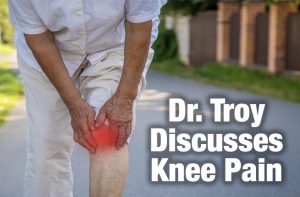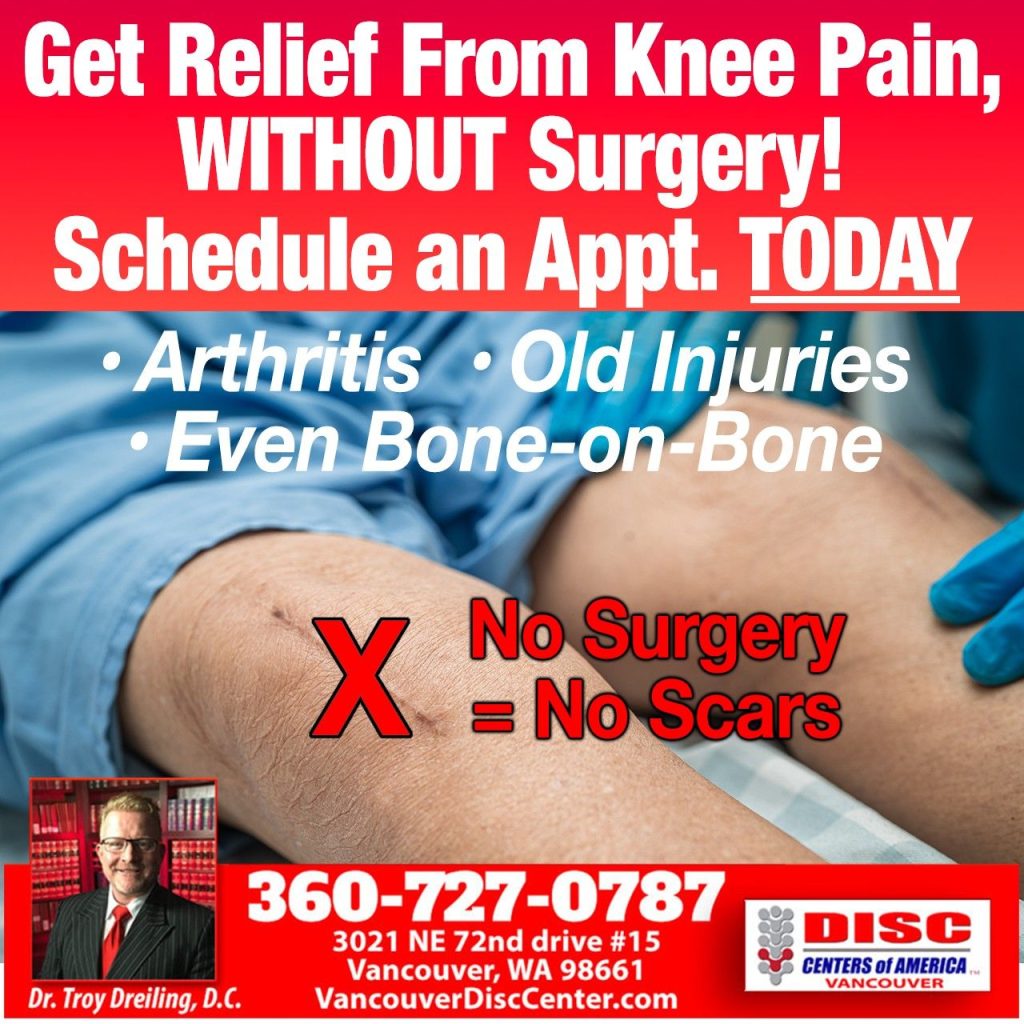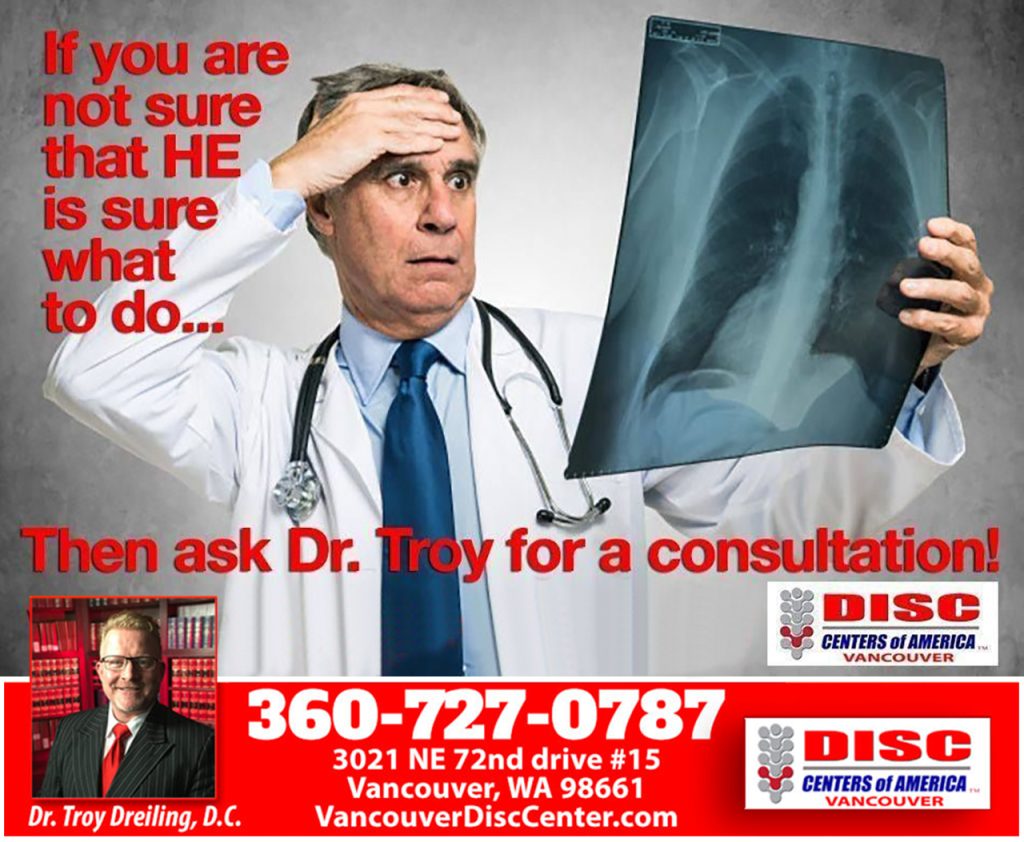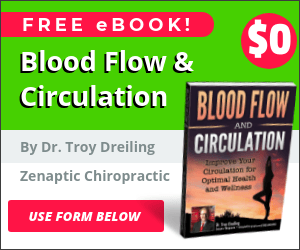
Mike Lee:
Welcome to Innovative Spine Care with Dr. Troy on 93.9 KPDQ, with Mike Lee.
We have special guest expert Dr. Troy M. Dreiling, Dr of Chiropractic who also serves as vice president of the International Disc Education Association. He earned a masterclass certificate on non-surgical spinal decompression, and he is triple certified in it.
Disc Centers of America, Vancouver is located at 3021 NE 72nd Drive, #15 in Vancouver, Washington. That’s just south of Fourth Plain Boulevard, and you can give them a call at 360-727-0787 and even chat live with an expert from Vancouver Disc Center on the website at VancouverDiscCenter.com.
Call 360-727-0455 to schedule if you are suffering from herniated discs, sciatica, low back pain, spinal stenosis, neck pain, numbness, or tingling in your hands. Or if you know someone who is call 360-727-0455 or you can even chat live with them on the website, vancouverdisccenter.com. And that’s spelled as Vancouverdisccenter.com.
How are you today, Dr. Troy?
Dr. Troy:
I’m doing fantastic, Mike. I’m glad to be on the show with you today.
Mike Lee:
Dr. Troy, I understand you have some amazing technology to help people who suffer from knee pain. Can you tell our listeners what exactly is this and how it works?
Dr. Troy:
Yes, it is a pretty exciting technology we came across here a while back, and it’s called Knee on Trac. The Knee on Trac is a system that offers a non-invasive knee pain therapy which is a revolutionary solution for those who live with chronic knee pain. What the Knee on Trac does is it isolates the knee and offers safe and effective mechanical traction to decrease pain. It’s pretty amazing what we can now do with people’s knees – and all WITHOUT surgery!
You know, when I first tried this thing out, I had an old knee injury playing football in high school and my knee doesn’t really bug me, but sometimes it gets tight, and I’ve got a limited range of motion when I squat.
So, I said, “Hey, let me try this out”. I was at a conference last year at our National Decompression Conference and the vendor was there and he put me on it before I got on it, I did a squat, and I felt the tightness. After I did an eight-minute treatment, I got off and was able to squat down with no tightness. I had a full range of motion in my, in my knee.
What this mechanical traction does (we also call it a knee decompression device) is number one; it decreases inflammation, which is usually what causes people to have pain; It allows rehydration of the ligaments, the meniscus, the joint; It increases range of motion and it speeds up the healing process.
Mike Lee:
What types of conditions are you able to help people out with Dr. Troy?
Dr. Troy:
Well, one of the biggest ones is people who suffer from chronic knee pain. That is probably the most common medical issue. We also see people who have osteoarthritis – that’s joint degeneration in the knee. That’s very common, especially in the medial or middle compartment of the knee. And then somebody who’s had an ACL injury. That’s what happened to me in high school.
So, I know if I overdo it, I sometimes wake up that injury from 25 years ago. And some people have had meniscus tears. We’ve seen good success with people who’ve torn their meniscus, and people who’ve had failed knee surgery. They have subacute muscle strain, even chronic muscle strain, and then people just like me who had a previous knee injury. These are some of the conditions we’re able to help with, and we’re seeing good results with using this device.
Mike Lee:
That’s great. Dr. Troy, I know you like to look at the studies on FDA-cleared equipment. So what’s the literature saying about knee decompression?
Dr. Troy:
Well, I’ll give you a couple of Mike. The International Journal of Science and Research studies show that mechanical traction was more effective in decreasing pain and improving quality of life than using conventional methods. Meaning, you know, injections or drugs. Those are traditionally what we call conventional methods.
The study also investigated the reduction of symptoms after mechanical traction along with conventional therapy. So, the results were shown to have significant improvement in using mechanical traction for knee pain. That’s exciting for us because that’s what we do. We use gentle mechanical traction because joints like to move.
You know, you’ve heard that story “If you don’t use it, you lose it”. And so, if you can keep the joints moving, whether it’s in the spine or the shoulder or the knee, then you’re going to prolong the mechanics of that joint and you’re going to feel better. You’re going to be able to use it like you want to and, uh, and improve quality of life.
Mike Lee:
That’s what it’s all about. Dr. Troy, I understand that you have two types of lasers to offer. Can you tell our listeners what they are and how they work?
Dr. Troy:
Yeah, that’s a good question. When we first got into spinal decompression almost 10 years ago, we typically used a 3B laser. There’s, there are a couple of different types of lasers, the 3B and then there’s a class four. We call the 3B a cold laser because you don’t feel any heat coming off because the energy level is lower.
And we found in our group, the Centers of America, that it is very good for treating discs because what a laser does is it acts like a magnet for blood – so it attracts blood to the area. And that’s very important in disc issues because the discs, they don’t have a blood supply.
And so, the whole goal of spinal decompression is to rehydrate discs, increase nutrients to the disc, increase water to the disc, and then pull waste products out. The laser helps us increase blood flow.
Dr. Troy:
It also stimulates the mitochondria, which are the little energy packets in the cell, which help accelerate healing. So, the cold laser of the 3B is what we use on discs. And now we’re starting to incorporate, especially with the Knee on Trac, with the knee decompression, we actually use a class four laser, and a class four laser has got a little more energy.
So, you are going to feel some slight warmth with it. With the one we use we can set it to an unattended mode. If any of our listeners have done class four lasers, we say they are hot lasers. Ours is warm, but we do it unattended, so it cycles through the wavelengths increasing and decreasing. You don’t burn the tissue because that’s one thing with class fours – if they’re too powerful, you can burn and coagulate tissue, which is not what we want.
The whole purpose of using lasers is to increase the blood flow and we’re seeing great results with combining lasers on the knee and even some shoulder injuries. Uh, we’ve used lasers on people who have plantar fasciitis. So we have seen a lot of very good outcomes. I know with class 3B, the cold laser, there was an 11-year study done at General Motors on the carpal tunnel.
And that’s how they got it cleared through the FDA with this big study. General Motors did a large study on people who were suffering from carpal tunnel syndrome, and then they also did another study on osteoarthritis of the knee. The research is showing that these methods are in fact helping people get their quality of life back, and get some relief, and that’s really what it’s all about. We can help them avoid surgery, help them avoid taking the prescriptions that are very commonly used out there; cortisone shots, pain relievers, oxycodone, and that kind of thing.
Mike Lee:
I love what a lifelong learner you are, Doctor Troy. You’re always keeping up to date with the latest technologies, and at Disc Centers of America, Vancouver, you also have some supplements that you prescribe to patients. What are some of your favorites?
Dr. Troy:
Well, 10 years ago when I injured a disc, I went to a guy who had a decompression machine – that is all he did was decompression. I had a good outcome. But when I got certified in this technique we use what is called Cox Flex Distraction Technique. The doctor there, he’s been studying Dr. Cox, he’s been studying disc issues for over 50 years.
Well, this guy is, he is brilliant. He created a formula it’s called DISCAT Plus, which stands for your disc and then active treatment, that’s what I call it. But what it is, is a formula and it’s got the highest form of Chondroitin in it. Ridiculous Glucosamine. And they have shown that it helps reduce inflammation. 77% versus NSAIDs, which were only 42%, meaning it had almost twice as much effect on reducing inflammation as NSAIDs, like Tylenol, and Advil, and it was also shown that it helps the tissues synthesize and bring in up to nine times more water.
So it’s kind of like adding water to dry Jello. And that’s what this product does. There’s another one that I really liked that, we just brought online recently, and it’s called DISC and Joint Pain Relief Formula.
And some of the white papers on this are showing that it’s actually better than cortical steroids. So that’s some of the research out there. It’s an anti-inflammatory, it’s antioxidant anti-cancer compound. It helps create relaxation in the muscles and helps create pain relief. So this is really what we’re all about.
You know, people that show up in our office because they are hurting and we have got to find ways to get them feeling better without prescribing them medications that have side effects. We are sending them away from surgeries if we can avoid it.
So those are my two favorite complexes. I tell patients to stay on them. I notice, you know, if I miss a few days of taking these things, I start feeling things that I don’t want to feel (like pain). I feel a lot better when I take my supplements to support joint health, reduce inflammation, and have natural muscle relaxers. So, it’s a well-rounded product regime that we have and we’re seeing a lot of great results with it.
Mike Lee:
It’s wonderful. Dr. Troy, you see many people who have knee pain. So, do a lot of these people with knee pain also experience low back and disc issues?
Dr. Troy:
Yes. It’s very common to see somebody come in who has back pain. They’ll also have knee pain, especially if they’ve had chronic back issues for a while. And there was a radiological study done and they found that L3, which is the middle of the low back vertebra, L3, 40% of the time had biomechanical alterations where the joint wasn’t moving right, or there were degenerative changes seen on an x-ray.
60% of the time it was L5. So yes, there’s a huge correlation between back issues, and mechanics of the spine not working right, leading to knee problems. Because if your pelvis is out of alignment, for example, it’s going to rotate your hips, it’s going rotate your knee, it’s going rotate your feet, and the more you walk on it and run on it and get in and out of the car and do your activities, the more wear and tear those joints will start to experience.
And then you can eventually see the knee joint starting to break down on an x-ray and then people start feeling this chronic pain syndrome. There’s a huge correlation between knee pain and back pain. So that’s why I got into knee decompression because a lot of our low back pain patients, present with knee pain and so we needed to find some solutions to help them relieve pain and avoid medications and surgeries also.
I had another lady just last night share her testimonial through Google, which was kind of amazing. I’ll read it to you. This lady says – and you can look this up on our website, she posted it just recently – says, “My back has been painful all my life, but it has been a lot worse since an injury as an RN in 2007”. So, she was a nurse in 2007, who injured her back.
She goes on to say, “My injury caused me to lose two inches of height. I’ve been to chiropractors, pain clinics, and other doctors. I didn’t think I would ever have pain-free days again after going to the disc center”. This is our clinic. “After going to the disc center, my pain is gone from a constant eight out of 10, to an occasional four out of 10. It’s a miracle the pain is less. I was very skeptical”.
Mike. This is what we see all the time. This is right off Google. She said, “I was very skeptical at first, but an older lady at my church told me about her experience. She was having a hard time sitting in her chair and now she’s mowing her lawn. So, on my friend’s word that this would work, I tried it. I’m so much better. Yes, there are still painful days, but they’re less frequent and less intense. The people who work at Vancouver Disc Center are also very kind and helpful”
“Thank you” is what she says. So, it is pretty cool to get these testimonials and it makes me happy after 28 years of practice to really help people who’ve tried lots of things and have lost hope and are able to function and feel better.
Mike Lee:
Dr. Troy, to get a consultation at Vancouver Disc Center, what’s the best step to take?
Dr. Troy:
Well, Mike, the one thing I tell people is “pick up the phone, give us a call”. I know you will give them the phone number. Call us. My staff will get you in right away. And, you know, we like to try to get people in on the same day that they call. Especially when people are in pain and they are motivated. I always tell my staff, let’s find a way to get them in so we can take a look at them and see if we can help them.
You can also live chat with us on our website at Vancouver Disk Center and they can potentially forward you to the office if you choose. The other thing I always tell patients is that if they have any imaging (MRI, for example, or X-Ray), bring it with them on a CD. It will expedite our visit and that way I can see any issues. If you don’t have imaging, that’s fine. We can track imaging down, and we do x-rays in-house.
If we need to send somebody for an MRI, we can refer different facilities around the area so that we can get the proper imaging, make the proper diagnosis, and then let people know if they’re a candidate for treatment.
Mike Lee:
That’s wonderful, Dr. Troy. In fact, the next five callers at 360-727-0455 get an opportunity to come on into Vancouver Disc Center for just $29. You can have a spinal decompression screening, which includes a review of your existing MRI or other spine imaging. As well, as a review of your current health state to determine if you are a qualified candidate for their cutting-edge healing technologies.
All for just $29. Call now and pay via check or with a credit card to reserve your spot. 360-727-0455 is the number to schedule if you are suffering from herniated discs, sciatica, low back pain, spinal stenosis, neck pain, numbness, or tingling in your hands. Or if you know someone who is, call 360-727-0455 and you can even chat live online on the website VancouverDiscCenter.com. That’s VancouverDiscCenter.com.
Dr. Troy, thanks so much for making our lives more comfortable and fulfilling.
Dr. Troy:
Hey, thank you Mike. Thanks for having me today.
Mike Lee:
And thank you for joining us on Innovative Spine Care with Dr. Troy on 93.9 KPDQ
Radio Announcer:
Disc Centers of America. A call to us can change your life: 360-727-0455




